To fix engine derate, swiftly identify and address any underlying issues like sensor malfunctions or DPF blockages. Reset the engine’s electronic control unit (ECU) after repairs have been completed.
Dealing with an engine derate can be a challenging experience for any vehicle operator. This condition, usually indicated by a reduction in engine power and sometimes triggered by a vehicle’s safety measures, requires immediate attention to avoid further damage or costly downtime.
Engine derate often occurs as a protective response to prevent mechanical failure, safeguarding both the engine and the aftertreatment system. It’s typically linked to emissions control systems like the Diesel Particulate Filter (DPF), where blockages or sensor issues can signal the engine to operate in a limited capacity.
Addressing these issues speedily involves troubleshooting to pinpoint the exact cause—be it a faulty sensor, exhaust system problems, or software errors. Once identified, effective resolution and proper resetting of the system are crucial to restoring the engine’s normal function.
Understanding Engine Derate
Imagine cruising on the highway and suddenly your truck begins to lose power; you are experiencing an engine derate, a common yet disruptive problem for truckers and fleet operators alike.
Definition And Causes
- Overheating: Excessive engine temperatures trigger protective measures.
- Emissions control: Issues with the aftertreatment systems, such as the DPF or SCR, can cause derates.
- Mechanical failures: Faulty sensors or components disrupt normal engine operation.
- Software glitches: Errors in ECM programming can mistakenly initiate a derate.
Effects And Consequences
| Effect | Consequence |
|---|---|
| Limited Speed | Reduced productivity and potential for missed deadlines. |
| Reduced Power | Makes hauling heavy loads challenging and can strain the engine further. |
| Fuel Inefficiency | Increased operational costs due to excessive fuel consumption. |
| Potential Damage | The risk of prolonged engine issues leading to expensive repairs or replacements. |
Diagnosing Engine Derate
An engine derate can be quite a conundrum for drivers. It is a protective measure by the engine’s control system to limit performance when it detects a fault. Derating is often a sign that your engine is trying to safeguard itself from damage due to a malfunction. The key to fixing an engine derate is a proper and thorough diagnosis. Besides a physical checkup, utilizing diagnostic tools to read error codes and examining the aftertreatment system are crucial steps. Let’s delve into diagnosing engine derates methodically.
Identifying Error Codes
Diagnostic trouble codes (DTCs) are your first clue in unraveling the mystery behind an engine derate. Tools such as OBD-II scanners are indispensable for this step. Once connected, they provide specific codes that point you in the direction of the malfunction. Here’s how you go about it:
- Connect the diagnostic tool to your vehicle’s OBD-II port.
- Start the engine to ensure the tool powers on and begins scanning.
- Record any displayed error codes along with their descriptions.
- Refer to your vehicle’s service manual or an online database for insights on these codes.
- Actuate components through the diagnostic tool, if possible, to pinpoint issues.
Be sure to address all error codes, as neglecting even seemingly minor ones can lead to recurring engine derates.
Checking Aftertreatment System
The aftertreatment system, including Diesel Particulate Filter (DPF), Selective Catalytic Reduction (SCR), and Diesel Exhaust Fluid (DEF) systems play a significant role in modern engines. A fault in any of these can trigger a derate. Follow these steps to check the aftertreatment system:
- Inspect the DPF for clogging or damage. A forced regeneration may be necessary if it is clogged.
- Examine the SCR system for DEF crystal build-up or nozzle clogs that can interfere with emissions control.
- Ensure the DEF quality is within acceptable parameters, as poor quality DEF can lead to engine derating.
Professional inspection is recommended if you encounter intricate issues with the aftertreatment system components.
Resolving Engine Derate Without Scanner
Encountering an engine derate can be a significant hassle for any driver, particularly when access to advanced diagnostic tools like scanners is not available. Nonetheless, with some knowledge and hands-on approach, resolving engine derate issues can still be achieved without sophisticated equipment. Important to address immediately, a derate condition inhibits the full function of your engine, reducing its power to protect from further damage. Below are steps to reset your engine’s derated state, focusing on the diesel particulate filter (DPF) and diesel exhaust fluid (DEF) quality issues.
Resetting Derated Dpf
- Turn off your engine and allow it to cool down completely.
- Inspect the DPF for visible signs of damage or excessive soot accumulation.
- Clean the DPF manually, if possible, to remove soot or ash build-up. This may involve removing the DPF for cleaning or replacement if it is too clogged or damaged.
- Reinstall the DPF securely and start your engine.
- Allow the engine to idle for 15-20 minutes or follow the manufacturer’s recommended idle time to initiate passive regeneration.
If your vehicle supports it, initiating a ‘forced regeneration’ can be beneficial. For vehicles that need technician assistance for this process, contacting a professional is advisable.
Addressing Def Quality Issues
- Check the DEF level and refill if necessary, using only high-quality, API-certified DEF. Avoid topping off with potentially contaminated or diluted DEF.
- Inspect the DEF tank for impurities or precipitates that might indicate poor DEF quality.
- Drain and thoroughly clean the DEF tank if contamination is found. Replace with fresh DEF.
Manufacturer-specific Solutions
Addressing engine derate issues requires precise solutions tailored to each manufacturer. Discover effective strategies to restore your engine’s full power and efficiency, no matter the make or model, by exploring targeted, brand-specific repair methods.
Paccar Troubleshooting
For Paccar engines, addressing a derate promptly involves several steps:
- Begin by reading the diagnostic trouble codes (DTCs) using a Paccar-compatible scanner tool.
- Identify any codes related to the aftertreatment system since these are often culprits of derates.
- Diesel Particulate Filter (DPF)
- Selective Catalytic Reduction (SCR) system
- Diesel Exhaust Fluid (DEF) quality and level
Volvo And Freightliner Remedies
Volvo and Freightliner share some similarities in their approach to resolving engine derates:
| Action | Volvo | Freightliner |
|---|---|---|
| Diagnostic Scanning | Utilize Volvo’s diagnostic tools to read codes | Use Freightliner’s service link for accurate diagnostics |
| Component Checks | Examine EGR and turbo systems | Inspect high-pressure fuel pumps and injectors |
| System Resets | Adhere to reset procedures in tech manuals | Follow step-by-step reset guidelines provided by Freightliner |
Professional Assistance And Maintenance
For effective engine derate fixing, expert knowledge and precise diagnostics are essential. Acquiring professional assistance guarantees thorough maintenance, resolving complex engine issues and restoring performance.
Consulting With Technicians
- Diagnostic evaluation: Thorough inspections to assess the root cause.
- Repair and replacement: Addressing defective components promptly.
- Software updates: Ensuring the engine’s software is up-to-date with the latest manufacturer improvements.
Regular Aftertreatment Maintenance
- Regularly scheduled DPF cleaning to prevent buildup that can lead to derate.
- Inspection and maintenance of EGR valves to ensure they are not stuck or leaking.
- Periodic checks of sensor functionality within the aftertreatment system.
Credit: www.reddit.com
Frequently Asked Questions
What Causes Engine Derating?
Engine derating occurs due to overheating, excessive exhaust emissions, mechanical issues, or sensor malfunctions triggering protection modes to prevent damage.
What Happens When An Engine Derates?
When an engine derates, its power output is reduced to prevent damage, typically due to system malfunctions or component failures.
What Happens When A Truck Goes Into Derate Mode?
When a truck enters derate mode, the engine power or speed reduces to prevent damage and ensure safe operation.
What Does Engine Derate In 3 Hours Mean?
“Engine derate in 3 hours” indicates the vehicle’s power will reduce in 3 hours to prevent engine damage, typically due to system issues.
Conclusion
Addressing engine derate issues requires prompt action to avoid further complications. Tackling the roots of the problem ensures your vehicle’s longevity and performance. Stay vigilant about maintenance and use the tips shared to keep your engine running smoothly. Resolving derate problems protects your investment and keeps you safe on the road.
Remember, regular check-ups are your best defense against unexpected engine power reduction. Drive confidently, knowing you’re prepared to fix derate issues as they arise.

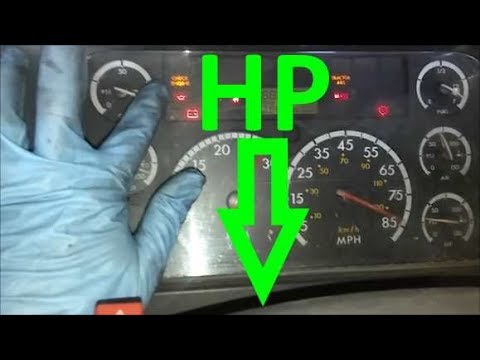
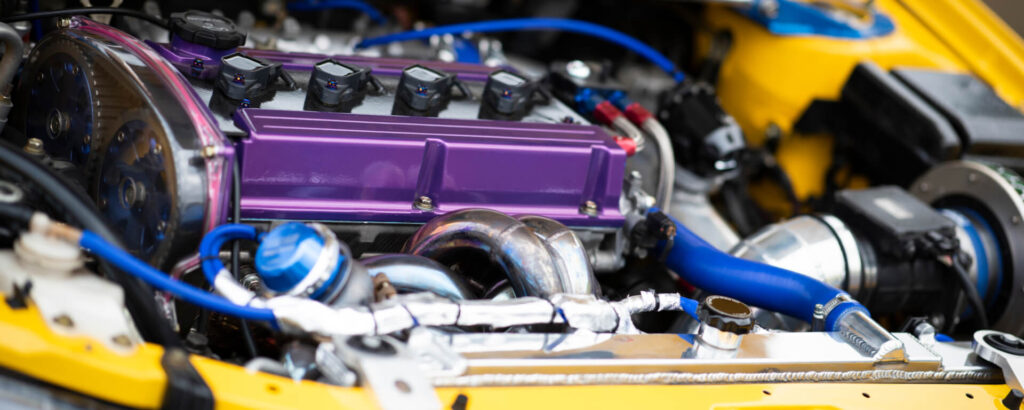
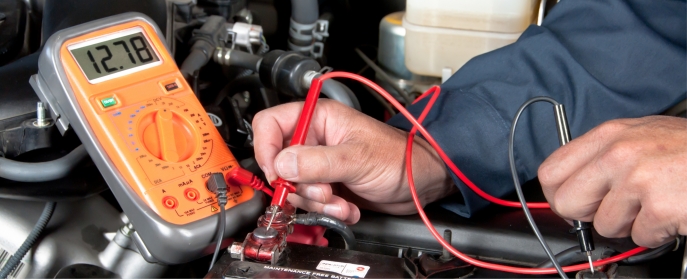
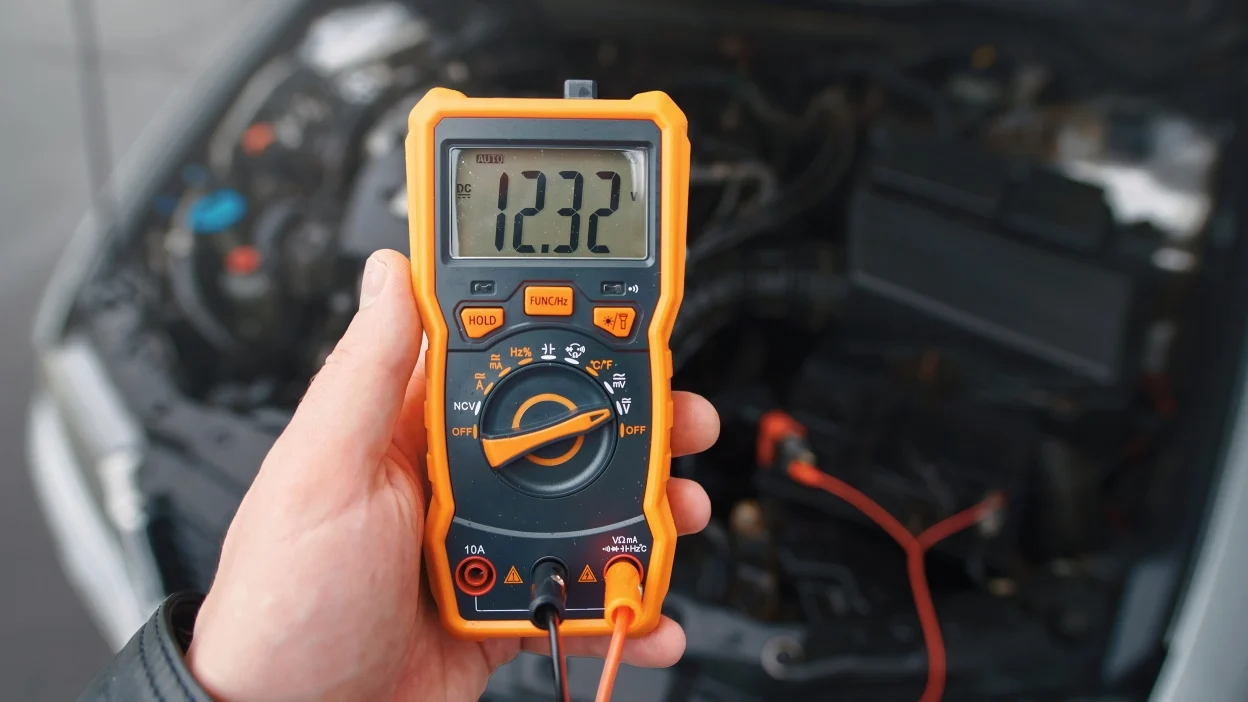
Leave a Reply